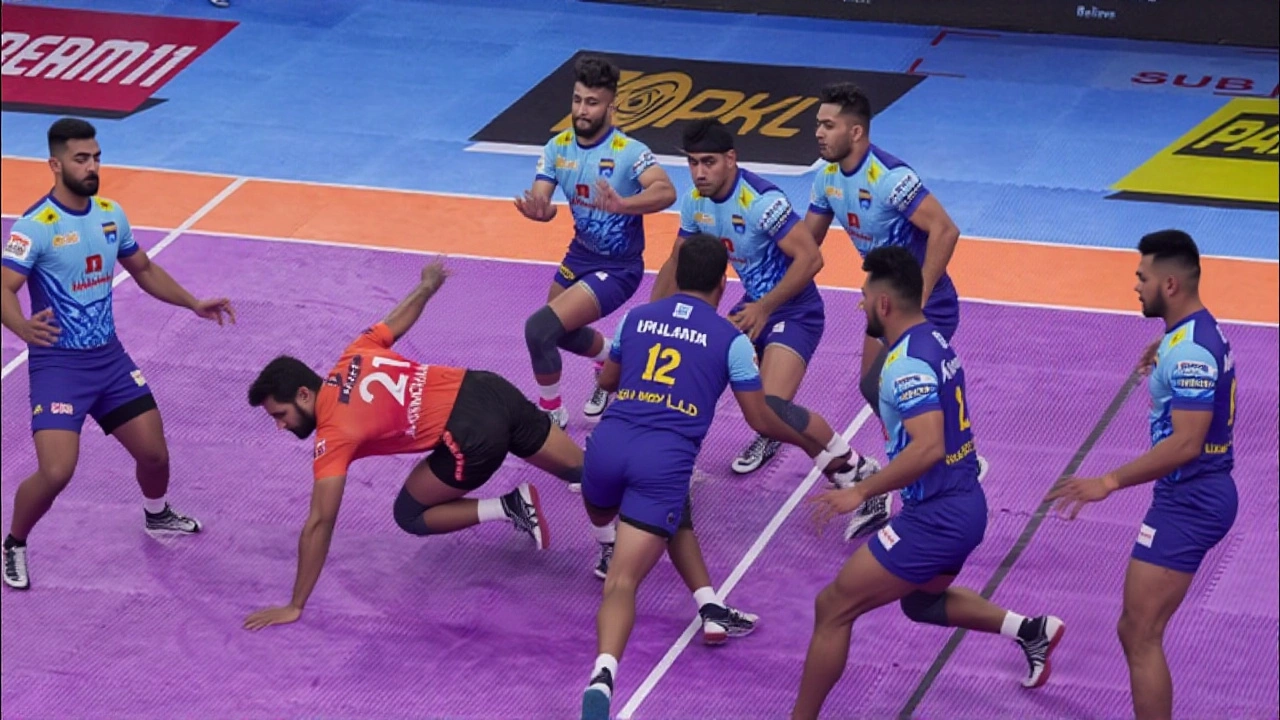Playoff Race: What It Is and Why It Matters
When following a playoff race, a competition where teams vie for limited postseason spots based on their win‑loss records. Also known as postseason chase, it drives fan excitement and media coverage until the very last game.
At the heart of any playoff race is the team standings, the ranked list that shows each team's wins, losses, and ties. The standings act like a leaderboard in a school exam or an IPO’s market ranking – they tell you who’s ahead and who’s still in contention. In the 2025 SSC CGL Tier‑1 exam shuffle, for example, candidates resembled teams scrambling for the few remaining slots after 25 shift cancellations, a clear illustration of a race for scarce positions.
How do teams move up or fall behind? That’s where the point system, the method of assigning points for wins, draws, or overtime losses comes into play. A win might be worth three points, a draw one, and a loss none – just like a GPA that determines a student’s eligibility for scholarships. The same logic applies to market competitions; a startup’s valuation points can shift its standing in a funding round, much like the PhysicsWallah IPO reshaped its position among ed‑tech giants.
But it isn’t just numbers. Sports media, the network of broadcasters, writers, and online platforms that report on games and rankings fuels the playoff race with analysis, predictions, and hype. Think of the GPT‑4 transformation articles that dissect how AI changes digital marketing – they serve a similar purpose, breaking down complex data into stories that keep fans and professionals alike invested.
Every playoff race has its own timeline, with crucial moments like the “final stretch” where a single win can clinch a spot. That mirrors the last‑minute changes in the Chhattisgarh school holiday calendar, where a six‑day Dussehra break reshaped the academic schedule right before exams. Timing, therefore, becomes a strategic tool: teams schedule rest, coaches adjust lineups, and influencers plan content releases to maximize impact.
Understanding a playoff race also means recognizing the human side – the pressure on players, the decisions of coaches, and the expectations of fans. It’s similar to how life coaches in India balance earnings, client expectations, and personal growth. The emotional stakes drive performance, just as a high‑profile political strategist like Amit Shah weighs public sentiment before a major campaign move.
All these pieces – standings, points, media, timing, and human drama – come together to shape the narrative of a playoff race. Below you’ll find a curated mix of articles that touch on each of these elements, from exam cancellations that echo competitive dynamics to AI breakthroughs that change how we follow sports. Dive in to see how the concepts connect across different fields and why the race never really ends.
Bengal Warriors Stun U Mumba 37-35 in PKL Clash at Chennai
Posted by Aarav Khatri on Oct, 16 2025

Bengal Warriors rallied from a 14‑21 halftime hole to beat U Mumba 37‑35 in Chennai, tightening their playoff bid in PKL Season 12.